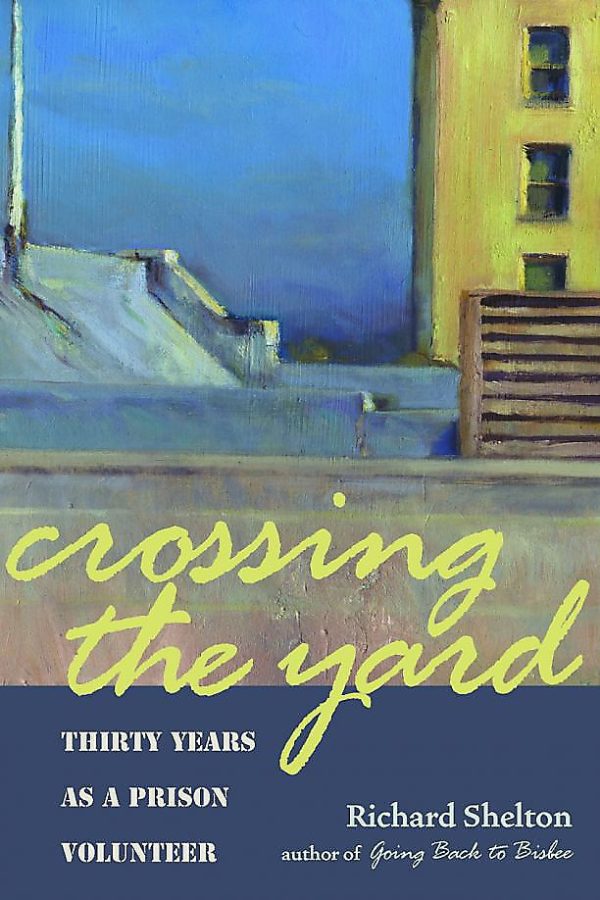In 1970, UA English professor Richard Shelton receives a letter from a man looking for tips on how to improve his poetry. The letter is signed Charles H. Schmid, a convicted serial killer serving time at the Arizona state prison in Florence.
Notoriously nicknamed Tucson’s “Pied Piper,” Schmid was charged for the murder of three teenage girls in the 1960s. Despite this, Shelton agrees to help the troubled writer.
Four decades later, those initial writing workshops with Schmid have evolved into an ongoing curriculum for the inmates of Arizona’s prison system. Typically meeting on a weekly basis, Shelton and his team of trained instructors journey behind bars to allow the imprisoned an opportunity to express their creativity.
“There’s a very close connection with writing and finding inner-self,” said Erec Toso, a senior lecturer of the UA English department. Toso is a protégé of Shelton’s and currently makes Saturday visits to the Arizona State Prison. Toso took over the program full-time in 2008 when Shelton’s security clearance for Arizona State Prison was revoked. Shelton continues to teach inmates at the federal penitentiary in south Tucson.
Toso describes this writing program as serving like an antidote to the dehumanizing effect prison life has on the soul. The various pieces of poetry and prose drafted by the prisoners are edited and published in the annual journal Rain Shadow Review. Prostitutes, poverty and politics are just a few topics that these prison writers explore through their work.
Some poems published in the journal’s most recent volume bear titles such as “Death Walk” and “The Gray Wall.” It’s apparent that the prisoners turn to their bleak surroundings for artistic inspiration. Toso says that he has a waiting list of at least 50 men wanting to enroll in his workshops.
Toso took part in a paneled discussion at the 2014 Tucson Festival of Books to share the impact of Shelton’s prison writing program. Joined by Thomas Cobb, a former instructor of the program, and Ken Lamberton, the managing editor of Rain Shadow Review, the three panelists recounted their experiences of working on the other side of the barbed wire.
“It’s one of the places I really learned how to teach,” said Cobb, author of the novel “Crazy Heart.” Cobb said that redemption is a reoccurring theme in his work because of the time he spent with his incarcerated students.
“I could deal with the prison yards, but being in one of those workshops was hard,” said Lamberton, who was first introduced to the program while serving time in the late 1980s. Lamberton recalls a writing exercise Shelton taught that forced the inmates to write down all the words used to describe a red brick, and then instructed them to write a poem about the brick without using any of the words just listed.
“[Shelton] was giving us a voice,” said Lamberton, “and training us how to use that voice.” Lamberton now writes books about natural history.
In the essay “Teacher of Stones,” Lamberton writes about Shelton’s tough teaching style with his prison students. Shelton chooses to teach with sharp slabs of criticism instead of cushions of kindness, as he thinks it would be an insult to those who have had to survive the harsh realities of society.
The writing program is funded through Lannan Foundation grants, which are administered through the UA Poetry Center. The foundation has donated more than 1,000 books to the various prisons of Southern Arizona. Free copies of the most recent issue of Rain Shadow Review can be found at the Poetry Center.
Schmid, the inmate partly responsible for starting it all, died not long after his request was fulfilled — he was murdered by two fellow prisoners in 1975.
But the program continued to grow, and since its inception more than 40 years ago, Shelton’s writing program has taught thousands of prisoners in Arizona.









